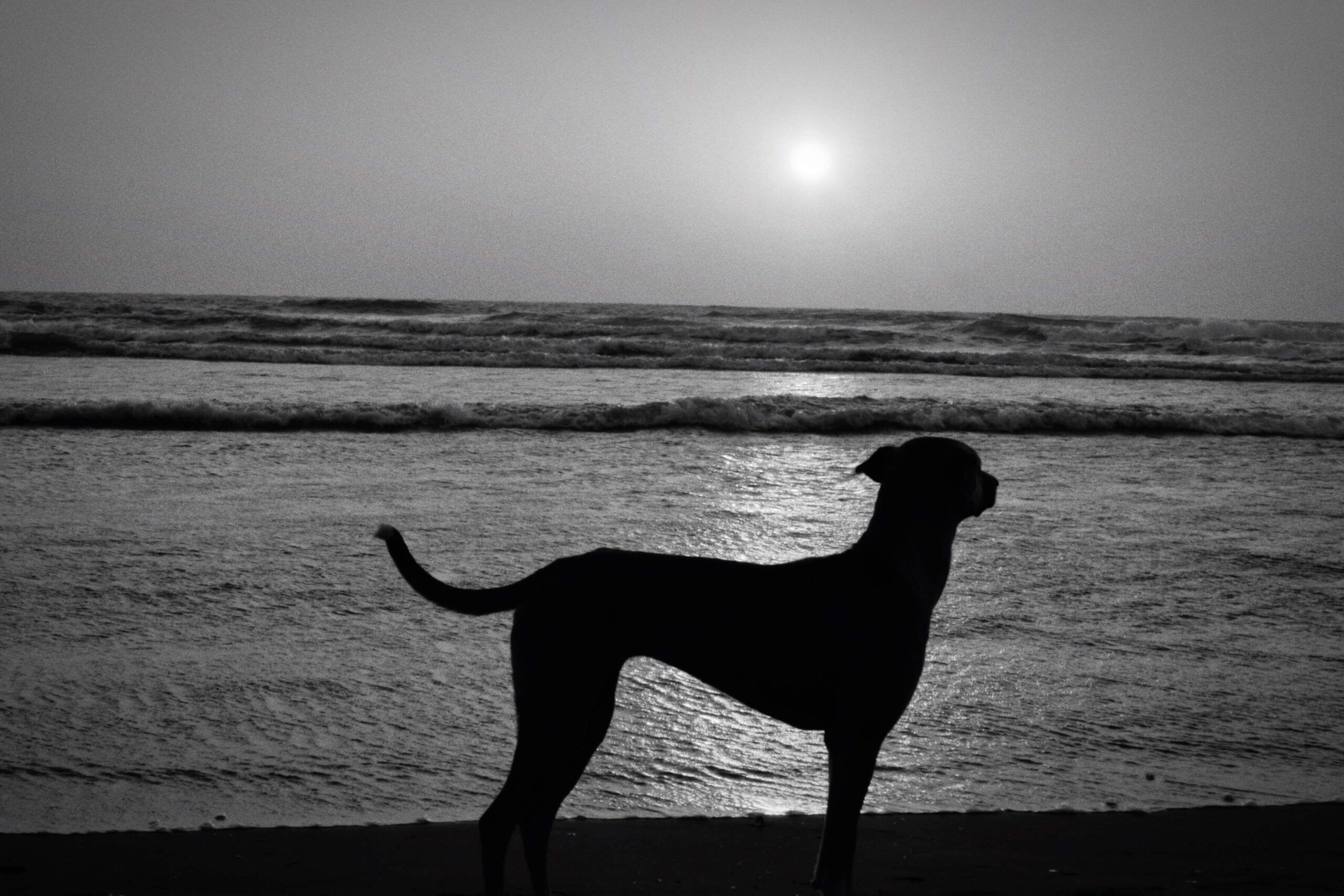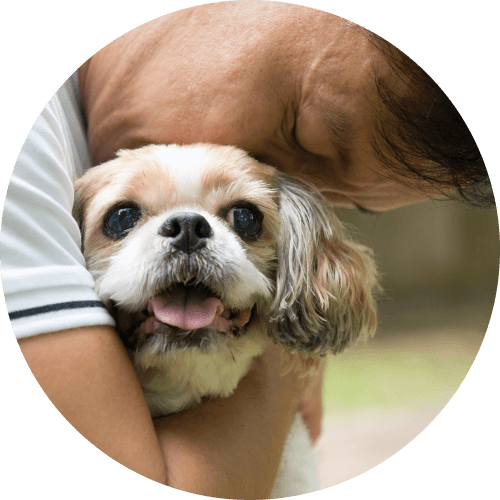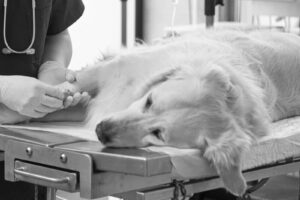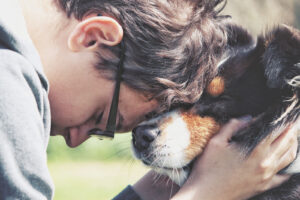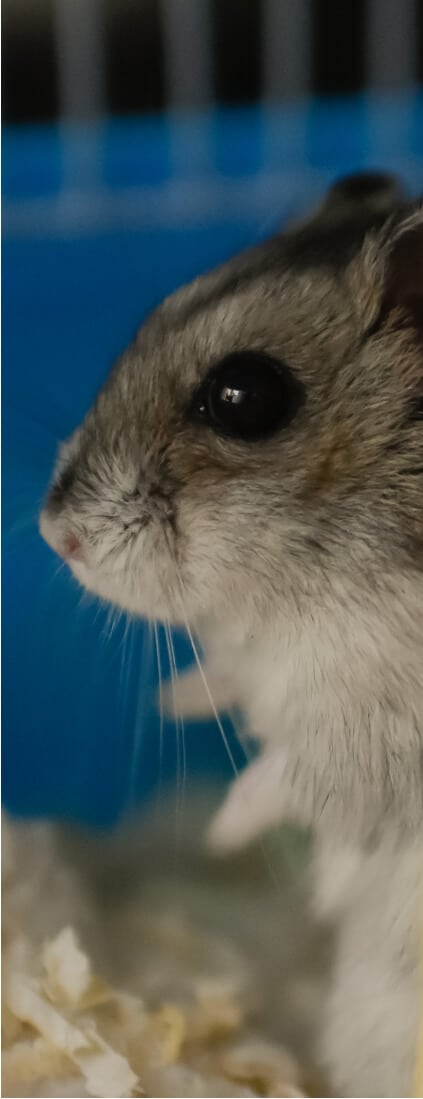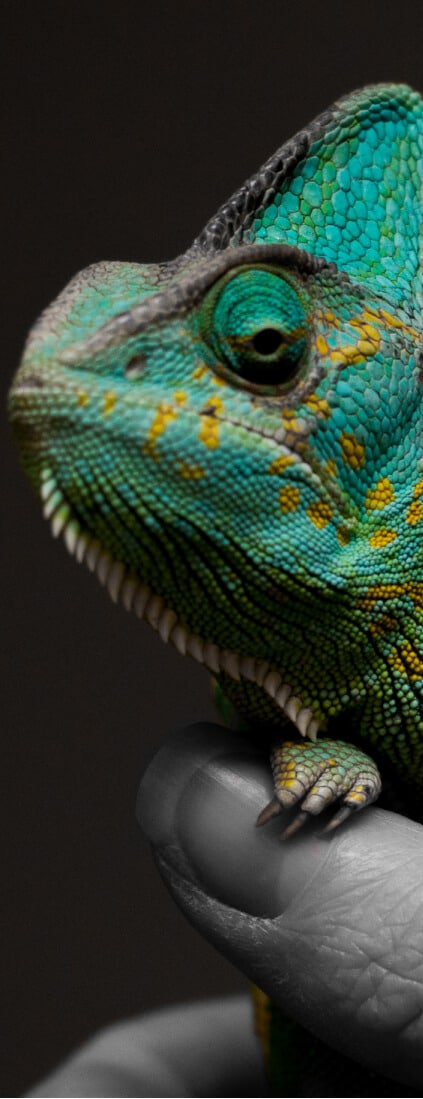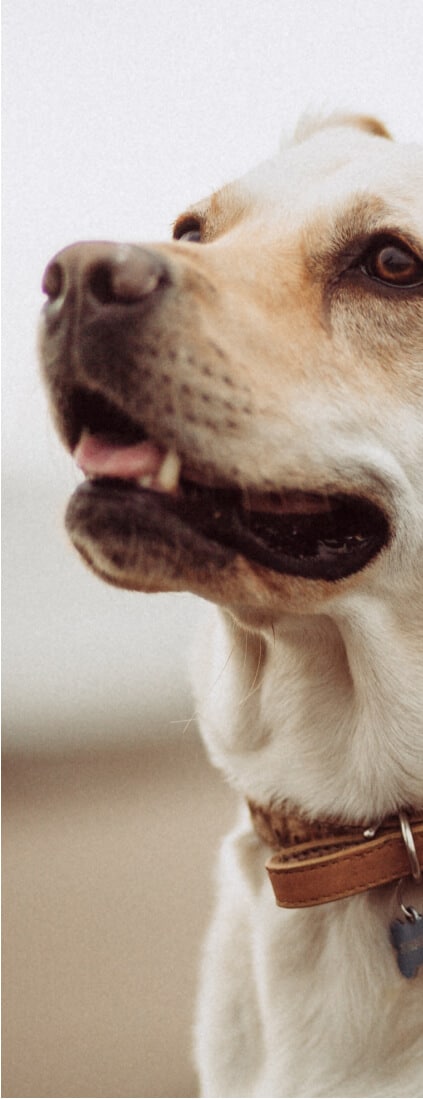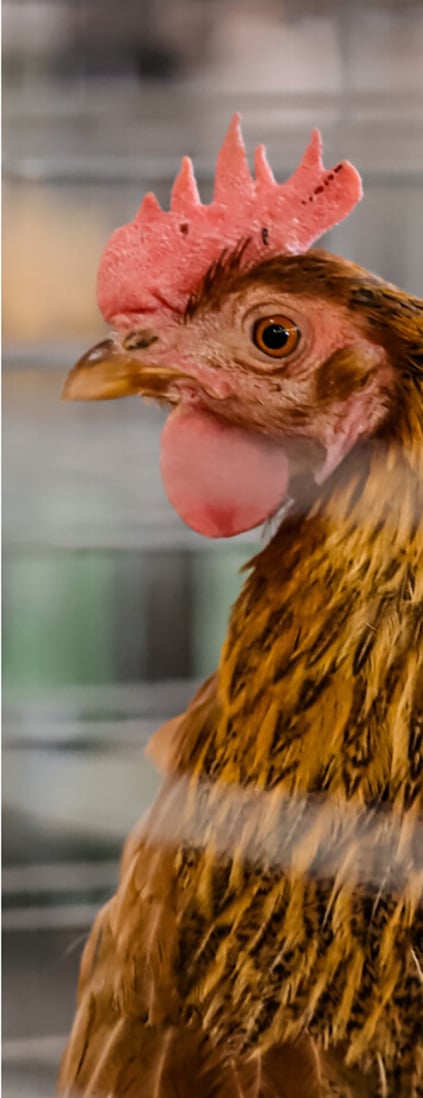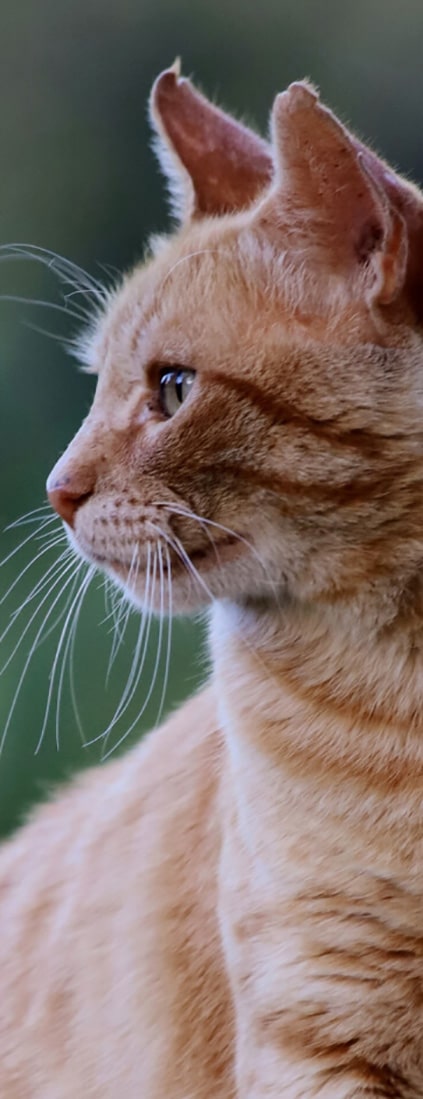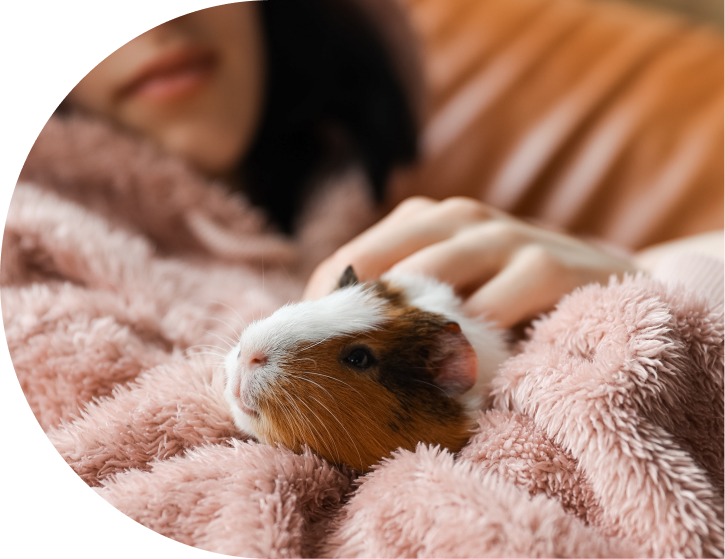Deciding to euthanize a beloved dog is never easy, and one of the biggest concerns pet owners have is whether their dog will feel pain.
The short answer? No—euthanasia is a painless, peaceful process when performed by a veterinarian.
This article explains what happens during the euthanasia procedure and why it’s a compassionate choice to prevent suffering. Knowing the details can help you feel more confident in your decision and bring comfort during this difficult time.
Euthanasia Is a Painless and Peaceful Process for Dogs and Other Pets
Dogs do not feel pain during euthanasia. The entire process is designed to be painless and peaceful.
First, your veterinarian will administer a sedative to help your dog relax. This is usually a small injection, similar to a routine vaccination. Within minutes, your dog will become drowsy and fall into a pain-free deep sleep, the same type and level of anesthesia as for surgical procedures. In a small number of cases, pets may feel a slight sting of the sedative and because it is a potent analgesic, that area will quickly infiltrate and will no longer be sensitive.
Once they are fully unconscious, the final medication is given intravenously. This ensures their passing is quick and gentle, typically within seconds or minutes. They remain unaware and feel no discomfort.
Veterinarians follow a carefully refined process to make this transition as smooth and stress-free as possible. If you’d like a detailed breakdown of each step, we’ve created a guide to help you understand what to expect.
Normal Physical Reactions During Euthanasia That Don’t Indicate Pain
After the final injection, you may notice some natural physical responses from your pet. These are involuntary reflexes that occur during the final moment, as the dog’s body fully relaxes and shuts down, but they are not signs of pain or distress.
Common reactions include:
- A deep breath or several breaths after their heart has stopped
- Small muscle twitches or slight movements in their whiskers, legs or body
- Their legs may straighten or stiffen briefly
- Their bladder or bowels might release as the muscles completely relax
Veterinarians trained in end-of-life care are aware of these reactions and will guide you through what to expect during the entire process.
Rare but Normal Occurrences During Pet Euthanasia
Euthanasia is typically a smooth and peaceful process, but there are a few natural reactions that might occur. These are important to be aware of so you know what to expect, but they do not cause pain or distress.
- Gaining venous access – In older, dehydrated, or ill pets, veins may be slightly more challenging to access. Note that at-home pet euthanasia providers have extensive expertise in this regard in many settings and situations.. If this happens, your veterinarian will adjust the approach by seeking a different vein, sometimes on a different area of the body. While it might take slightly longer, it does not cause discomfort.
- Mild twitching or movement after sedation – Some pets may have slight involuntary movements as the sedative takes effect. This is simply the muscles reacting to sedation and is not a sign of pain.
- Variations in the time it takes to pass – Most pets pass within seconds of the final injection, but in some cases, it may take a minute or two. During this time, your pet remains fully sedated, unconscious and unaware.
- Brief vocalization – In rare cases, a pet may seem disoriented and/or may vocalize as they go to sleep. This is a reflex related to the sedative medication and is not an indication of discomfort.
Veterinarians experienced in end-of-life care are prepared for these possibilities and will guide you through the process to ensure it remains as gentle and peaceful as possible.
Your Presence Brings Comfort in Their Final Moments
Being with your dog during euthanasia is a deeply personal choice, and your presence can provide them with comfort and reassurance. They have spent their life by your side, and in their final moments, the sound of your voice and the warmth of your touch can make all the difference.
Many pet owners choose in-home pet euthanasia services because it allows their dog to pass in a familiar, peaceful environment—surrounded by loved ones, in their favorite spot, without the stress of a clinic visit. This setting can make a difficult moment feel more natural and gentle.
Gently speaking to them, stroking their favorite spots, or simply being near lets them know they are safe. Some owners choose to hold their pet, while others sit quietly beside them—there’s no right or wrong way, only what feels best for you and your dog.
It’s completely normal to be emotional. Your veterinarian understands the weight of this moment and has seen every reaction. Don’t hold back your tears—your dog won’t be distressed by them. What they’ll feel most is the presence of the person they love, which is all they’ve ever needed.
Why Cremation Is the Safer and More Responsible Choice After Euthanasia
While home burial may seem like a natural way to say goodbye, it carries risks that many pet owners aren’t aware of. The euthanasia medication used, typically pentobarbital, remains in the body and does not break down quickly. If another pet or a wild animal disturbs the burial site, accidental ingestion could be fatal. Additionally, local laws may restrict or prohibit pet burials due to environmental concerns.
For these reasons, we recommend that pet owners choose cremation as the safest and most responsible option. Pet cremation prevents contamination, eliminates the risk of exposure to wildlife, and ensures a respectful and lasting farewell for your pet.
At Compassionate Care, we provide pet aquamation—a gentle, eco-friendly alternative to traditional flame-based cremation—for pet owners in Portland, OR and surrounding areas.
This water-based process mimics natural decomposition, using only water and a small amount of alkali, with 90% less energy consumption and no harmful emissions.
If you choose in-home euthanasia with Compassionate Care, you will have the option to choose aquamation for your pet’s body care, making the process seamless for pet owners who want a dignified and compassionate aftercare option.
Still unsure whether burial or cremation is the best choice for your pet? We’ve put together a detailed guide on pet aftercare options to help you make the most informed decision.
For more information about aquamation or to make arrangements, you can reach us at (503) 379-1292.
FAQs About Dog Euthanasia
Do dogs know when they are being put down?
No, dogs do not understand the concept of euthanasia. They live in the moment and do not have an awareness of what is happening beyond their immediate experience. Your dog will recognize your presence and feel the comfort you provide, but they will not comprehend the purpose of the procedure.
Will my dog make noise during the euthanasia procedure?
Dogs rarely make noise during the euthanasia procedure. To ensure a peaceful process, veterinarians typically administer a sedative before euthanasia. In very rare instances a pet may vocalize as they sedate and once they are fully sedated they are fully relaxed, asleep and quiet.
Can a dog wake up after euthanasia?
No, the euthanasia solution permanently stops brain and heart function, ensuring a peaceful and irreversible passing. Once the medication takes effect, your pet is completely at rest. Your veterinarian will listen to your pet’s heart to ensure that it has stopped completely before pronouncing them deceased.
Are dogs scared when they are euthanized?
Dogs don’t understand the concept of euthanasia, so they aren’t afraid. However, some pets may experience mild anxiety due to an unfamiliar environment or sensing emotions from their owners. If your pet is sensitive or easily stressed by new surroundings, in-home euthanasia can provide a more familiar and calming experience. Many pet owners find that saying goodbye in a comfortable, peaceful setting helps both them and their pet through this difficult moment.
